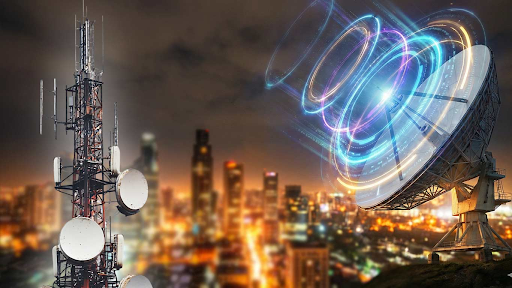



IIT Bombay’s tandem solar cell, combining perovskite and silicon, achieves 30% efficiency, surpassing standard 20% solar cells. It promises ₹1 per unit electricity, supports green hydrogen production, and reduces import reliance. With a 10-year lifespan, it’s set for commercialization by 2027, backed by Maharashtra government and ART-PV India.

Copyright infringement not intended
Picture Courtesy: INDIAN EXPRESS
Researchers at IIT Bombay have developed a high efficiency tandem solar cell with power conversion efficiency of approximately 30% compared with around 20% now.
IIT Bombay’s researchers have created a new type of solar cell called a tandem solar cell. This technology boosts the efficiency of converting sunlight into electricity to about 30%, compared to the 20% efficiency of regular solar cells used today.
It could generates more power from the same amount of sunlight, and can also reduce the cost of solar electricity to around ₹1 per unit (kWh), down from the current ₹2.5–4 per unit.
|
Research Team & Institution
|

The tandem solar cell has two layers working together:
These two layers form a 4-terminal (4T) tandem structure, where each layer has its own electrical connections. This design lets both layers work independently, improving performance even in tough conditions like heat or low light. The perovskite layer is semi-transparent, so it lets some light pass through to the silicon layer below, maximizing energy capture.
Higher Efficiency => The tandem solar cell achieves 30% power conversion efficiency, a big jump from the 20% of standard silicon solar cells. Some tests even show efficiencies as high as 29.8% for a slightly different version using cadmium telluride (CdTe) with perovskite. This means more electricity from fewer panels.
Lower Costs => By generating more power per panel, this technology could bring solar electricity costs down to ₹1 per unit, making it one of the cheapest energy sources.
Longer Lifespan => Perovskite solar cells used to degrade quickly, lasting only a few years compared to silicon cells’ 20–25 years. IIT Bombay’s team improved the design to make perovskite cells stable for up to 10 years, a major milestone.
Reduced Import Dependence => Researchers explains that perovskite is not only highly efficient but also affordable. Unlike other materials, India can produce perovskite locally using available chemicals, reducing dependence on foreign supplies.
Versatile Applications => These solar cells can be used on rooftops, vehicles (vehicle-integrated photovoltaics), and buildings (building-integrated photovoltaics). This is crucial for a densely populated country like India, where land is scarce.

This technology could also power green hydrogen production. Green hydrogen is made by splitting water using renewable energy, and it’s a clean fuel for industries and vehicles. IIT Bombay is collaborating with the Maharashtra government on a project in Uran to use these high-efficiency solar cells for green hydrogen production.
Solar cells need a high open-circuit voltage to produce green hydrogen efficiently. While some materials (called compound semiconductors) can do this, they’re expensive and depends on imports from China. Perovskite-based tandem cells offer similar performance at a lower cost and with locally available materials, which make them ideal for India.
Must Read Articles:
Decreasing solar radiation affects efficiency of panels
India targets 50% clean energy, focusing on solar
Source:
|
PRACTICE QUESTION Q. Critically analyze the role of government policies and subsidies in promoting solar energy in India. Do you think these measures are sufficient to achieve the Net Zero emissions target by 2070? words |









© 2026 iasgyan. All right reserved